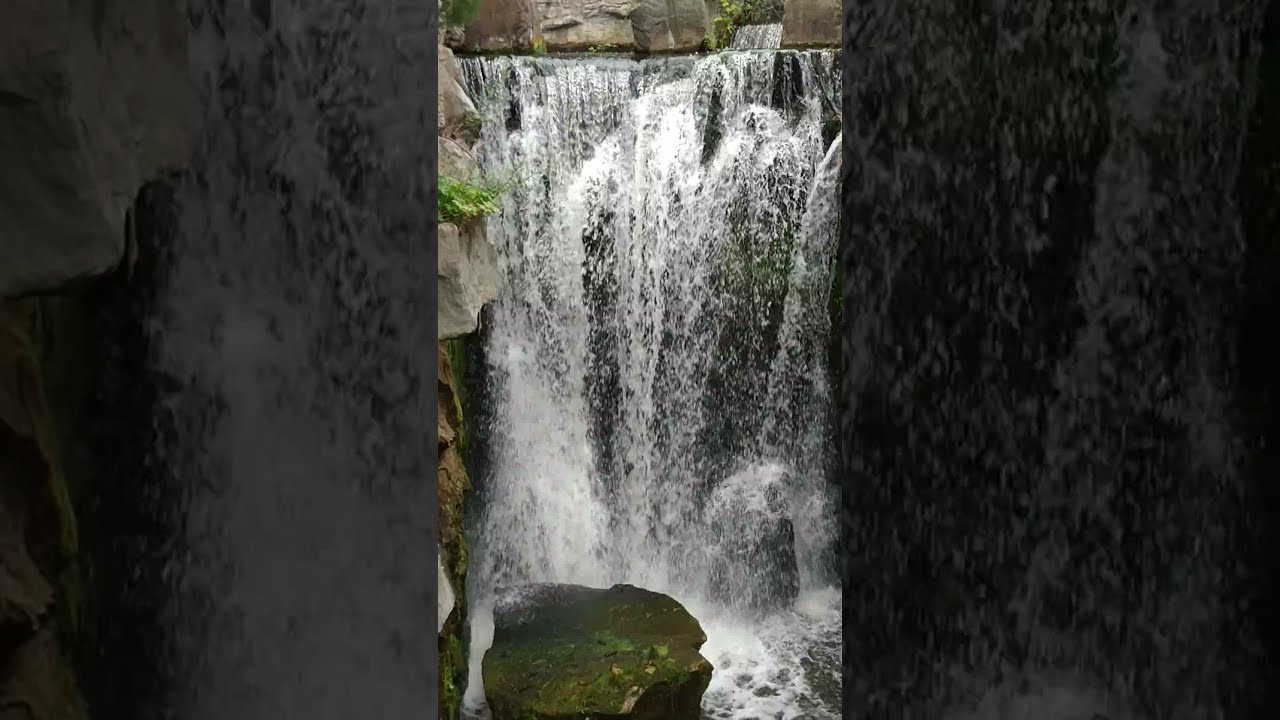Most Beautiful Places To Visit In China Hidden Places #beach #travel #facts #visit #holiday #nature hidden gems – most amazing …
China is a vast country with an incredible array of landscapes, cultures, and historical sites. While iconic destinations like the Great Wall, Forbidden City, and Terracotta Army are justly famous, many of China’s most beautiful and authentic wonders lie off the beaten path, waiting to be discovered.
Here are some of the most amazing “hidden” places to visit in China, offering unique experiences and breathtaking beauty beyond the usual tourist trails:
I. Stunning Natural Landscapes
These places boast unparalleled natural beauty, often with fewer crowds.
- Jiuzhaigou Valley, Sichuan Province: (Note: While somewhat known domestically, it’s less frequented by international tourists than some other major sites). This UNESCO World Heritage Site is a wonderland of multi-colored lakes, cascading waterfalls, and snow-capped peaks. The vibrant turquoise, emerald, and sapphire hues of its terraced lakes, formed by mineral deposits, are truly mesmerizing, especially during autumn.
- Why it’s amazing: Its fairyland-like scenery changes with the light and seasons, offering incredible photographic opportunities.
- Getting there: Requires a flight to Jiuzhaigou Huanglong Airport (JZH) or a combination of high-speed train/flight to Chengdu followed by a bus or private car.
- Zhangjiajie National Forest Park, Hunan Province: The inspiration for the floating mountains in the movie Avatar, Zhangjiajie features towering sandstone pillars, deep gorges, and lush forests. While it’s gaining international recognition, exploring its vastness still offers moments of solitude.
- Why it’s amazing: The unique karst landscape, glass bridges, and the world’s highest outdoor elevator provide surreal experiences.
- Getting there: Fly to Zhangjiajie Hehua International Airport (DYG), then take a bus or taxi to the park.
- Hemu Village, Xinjiang Province: Nestled in the Kanas Lake region of northern Xinjiang, Hemu is a picturesque village of wooden cabins surrounded by vast grasslands, pine forests, and towering mountains. It’s home to Tuvan people, an ethnic minority with unique customs.
- Why it’s amazing: Offers a glimpse into nomadic life, stunning autumn colors, and a tranquil atmosphere away from urban hustle.
- Getting there: Requires a flight to Burqin Kanas Airport (KJI) or Altay Airport (AAT), followed by a long bus or private car journey. Access can be complex and sometimes restricted for foreign visitors, so check current regulations.
- Zhangye Danxia National Geological Park, Gansu Province: Known as China’s “Rainbow Mountains,” this geological park features incredible rock formations with vibrant striations of red, orange, yellow, and green. The colors are a result of millions of years of mineral deposits and geological activity.
- Why it’s amazing: The surreal, painted landscapes look like something from another planet, especially at sunrise or sunset.
- Getting there: Fly to Zhangye Ganguo Airport (YZY) or take a high-speed train to Zhangye West, then a local bus or taxi.
- Longji Rice Terraces, Guangxi Province: While Guilin’s Li River is well-known, the Longji (Dragon’s Backbone) Terraces near Guilin offer a different kind of natural splendor. These ancient rice paddies, carved into the hillsides by the Zhuang and Yao ethnic minorities over centuries, create breathtaking patterns, especially at sunrise and sunset, or when filled with water in spring.
- Why it’s amazing: A testament to human ingenuity and harmony with nature, offering stunning panoramic views and a chance to experience local minority culture.
- Getting there: Accessible by bus or private tour from Guilin. Stay in one of the local villages (Ping’an or Dazhai) for an immersive experience.
- Mount Fanjingshan, Guizhou Province: A UNESCO World Heritage Site and a sacred Buddhist mountain. Its distinctive “Red Clouds Golden Summit” features two temples precariously perched atop narrow rock pillars connected by a small bridge, often shrouded in mist.
- Why it’s amazing: Unique geological formations, rich biodiversity, and profound spiritual significance.
- Getting there: Fly to Tongren Fenghuang Airport (TEN), then take a bus or taxi to the Fanjingshan scenic area.
II. Unique Cultural & Historical Gems
These sites offer deep cultural immersion and historical insights, often in less-visited regions.
- Fujian Tulou, Fujian Province: These unique, circular or square earthen buildings are UNESCO World Heritage Sites. Built by the Hakka people, they are defensive, communal living structures that can house hundreds of people. They are a marvel of sustainable and defensive architecture.
- Why it’s amazing: A fascinating glimpse into traditional Hakka culture, family life, and ingenious architectural design.
- Getting there: Accessible from Xiamen or Fuzhou by train or bus. Yongding and Nanjing counties are popular areas to visit the clusters.
- Xijiang Qianhu Miao Village, Guizhou Province: The largest Miao village in China (and possibly the world), Xijiang is famous for its dense cluster of traditional wooden stilt houses built into the hillsides. It offers a vibrant experience of Miao culture, including festivals, traditional crafts (especially silver jewelry), and a unique culinary scene.
- Why it’s amazing: A living museum of Miao traditions, especially beautiful when the houses light up at night, resembling a scene from a fantasy movie.
- Getting there: High-speed train to Kaili, then a bus or taxi to the village.
- Pingyao Ancient City, Shanxi Province: A remarkably well-preserved ancient walled city from the Ming Dynasty, Pingyao is a UNESCO World Heritage Site that feels like a step back in time. It was a major financial center in the 19th century and retains much of its historic architecture, including traditional courtyards, temples, and banks.
- Why it’s amazing: Walk or cycle along its ancient city walls, explore its labyrinthine streets, and experience a taste of imperial China without the overwhelming crowds of major cities.
- Getting there: Easily accessible by high-speed train from Beijing or Xi’an.
- Mogao Caves, Gansu Province: Near the city of Dunhuang, these UNESCO-listed Buddhist grottoes are a treasure trove of Buddhist art, featuring thousands of exquisite murals and sculptures spanning over 1,000 years of history (4th to 14th centuries). They were a vital stop on the Silk Road.
- Why it’s amazing: An unparalleled collection of Buddhist art, offering profound insights into the history of Buddhism and cultural exchange along the Silk Road. Strict visitor limits are in place to preserve the site.
- Getting there: Fly to Dunhuang (DNH) or take a high-speed train, then a bus or taxi to the caves.
- Shaxi Ancient Town, Yunnan Province: A beautifully preserved ancient market town on the Tea Horse Road, Shaxi offers a tranquil glimpse into old China. It’s far less developed than other “ancient towns” in Yunnan like Lijiang, providing a more authentic atmosphere with cobblestone streets, traditional architecture, and a lively Friday market.
- Why it’s amazing: Authentic cultural experience, charming architecture, and a peaceful ambiance.
- Getting there: Best accessed by bus from Dali or Lijiang.
- Yading Nature Reserve, Sichuan Province: Nestled in the Tibetan plateau of Sichuan, Yading is a pristine high-altitude wilderness often called “the last Shangri-La.” It’s dominated by three sacred snow-capped peaks (Jampelyang, Chenresig, and Chana Dorje) and features stunning alpine lakes, forests, and meadows.
- Why it’s amazing: Breathtaking untouched natural beauty, spiritual significance, and a challenging but rewarding trekking experience.
- Getting there: Fly to Daocheng Yading Airport (DCY), then a bus or car. Altitude sickness can be an issue.
These “hidden” gems offer diverse experiences that showcase the incredible depth and beauty of China beyond its most famous landmarks. They require a bit more planning and travel effort, but the rewards are truly unforgettable.









